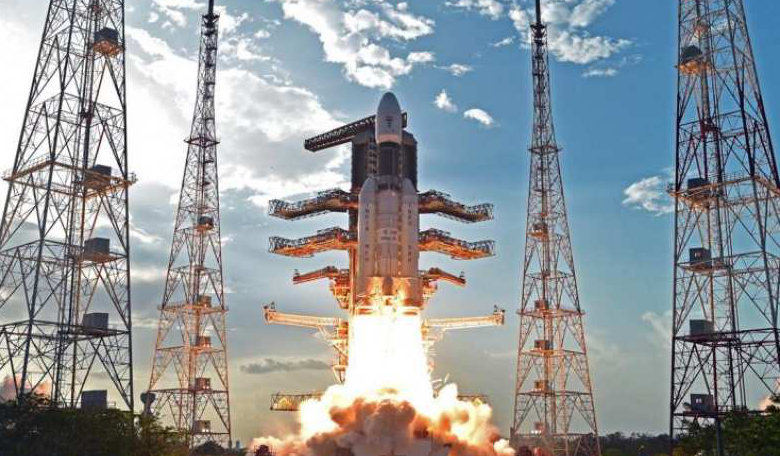In a New Year message from the Indian Space Research Organisation (ISRO), its Chairman, K Sivan, has laid out the country’s space plans for the next decade. A number of projects will be focused on, including the development of a heavy lift launch vehicle, advanced green and electric propulsion, a reusable launch vehicle as well as advanced space science missions, say ISRO.
With the expansion of the space sector, the work of ISRO is going to increase with major attention on innovation and development over the next 10 years, said the statement issued on ISRO’s website.
To foster the growth of the India’s space sector, Kivan said every centre of ISRO has been directed to work out a decadal plan, to consider the expanded capabilities required in the short term as well as the long term.
Highlights of the plan include a continuance of the country’s Vikram Sarabhai Space Center (VSSC) to carry forward its “competence in launch vehicle development towards heavy lift capabilities, achieving partial and full reusability”, along with a focus on scramjet engine research.
The Liquid Propulsion Systems Center (LPSC) is to play a role in developing a high thrust semicryogenic propulsion capability, which is expected to boost the country’s geosynchronous transfer orbit (GTO) payload capability to almost 5.5 tonnes.
In addition, the LPSC will also advance development on on liquid oxygen (LOX)/Methane propulsion, Green and electric propulsion.
NASA also uses liquid oxygen as an oxidiser in its RS-25 main engines that power its huge Space Launch System (SLS) rocket.
ISRO’s research and development Inertial System’s Unit (IISU) has been asked to scale up its capabilities to support the space science & exploration missions in the next decade, while its ISTRAC and Master Control Facility (MCF) will upgrade the ground systems to meet the future requirements including that of human space flight.
The ISRO Telemetry Tracking and Command Network (ISTRAC) was India's nerve centre for the country’s first interplanetary mission, the Mars Orbiter Mission (MOM) or Mangalyaan.
Its Satish Dhawan Space Centre (SDSC) has also been tasked with scaling up its launch infrastructure to support human spaceflight.
The Centre, which has two launch pads and is located on the East Coast of the country, far from populated areas, could soon be lined up to support & facilitate the launching of private space transportation systems in the country.
Last year, the Indian government announced it was opening up its space agency facilities to allow private firms and startups to build satellites and rockets to help combat the crippling financial effects of the coronavirus pandemic.
As part of the deal, an independent nodal agency known as the Indian National Space Promotion & Authorization Center (IN-SPACe) would be formed, to support private entrepreneurs who had come forward to develop end-to-end launch vehicles and satellites, ISRO said.
"We want to help Indian startups that are doing pioneering work,” Finance Minister Nirmala Sitharaman said at the time, although the move was seen by some critics as the start of the end of ISRO as a pioneering agency.
As the various facets of ISRO start to make head way on their aims for the next decade, the country has a number of up and coming missions to achieve first, such as Chandrayaan-3, the first solar mission, Aditya-L1 and the first uncrewed flight under the Gaganyaan Programme.
The Gaganyaan Programme, will receive “a lion’s share of ISRO’s technology development & advanced R & D activities,” to help sustain human spaceflight activities in the long term, Kivan said in the New Years message.
This would be a boost from last year when the Times of India reported that the programme had only received around 30 percent of much needed funds to facilitate the mission.
Gaganyaan is designed to send three crew members into space for five to seven days in a small spacecraft, approximately 3 meters by 3.4 metres (10 feet by 11 feet) in diameter.
If successful, it would mean India is only the fourth country to fly its own astronauts in a spacecraft after the United States, the Soviet Union (now Russia) and China.











